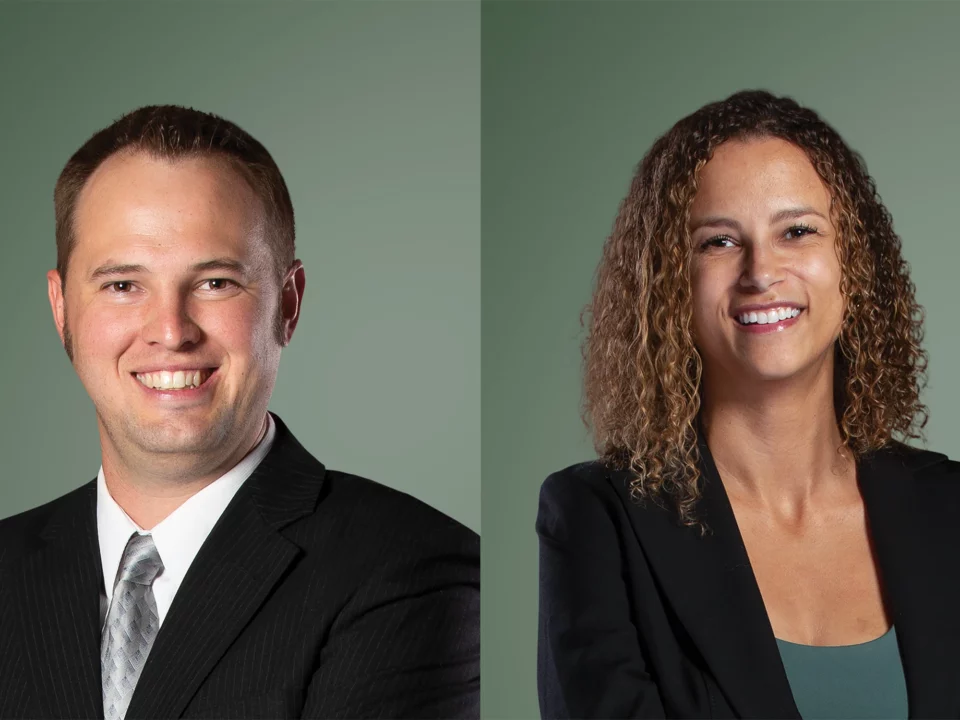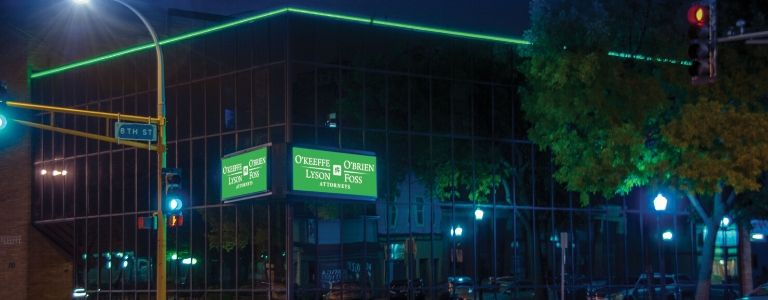
A variety of new laws have become effective in Minnesota in 2017. One of these laws updated Minnesota’s list of Schedule 1 controlled substances by adding nine synthetic drugs to the list. The Minnesota Board of Pharmacy has determined that each of these drugs has the potential to be abused and can be addictive. This article will discuss which drugs are on the state’s Schedule 1 list as well as a description of each of these nine drugs and the various ways in which they can harm users.
The Importance of Schedule 1 Controlled Substances
There are several elements that must be satisfied to place a drug on the Schedule 1 list. Drugs that are considered Schedule 1 have a high potential for abuse, no currently accepted medical use for treatment, and a lack of accepted safety standards. It is illegal for a person to dispense, distribute, manufacture, or possess substances that are on the Schedule 1 list. It is also illegal for individuals to create, distribute, dispense, or possess a counterfeit of a substance that should be placed on the Schedule 1 list.
Drugs Listed on Minnesota’s Schedule 1 List as of September 2017
The drugs that are on Minnesota’s Schedule 1 list include the following:
- Central Nervous System Depressants. This category includes mecloqualone, methaqualone, gamma-hydroxybutyric acid, and flunitrazepam. Often referred to as sedatives or tranquilizers, these substances slow down brain activity. These drugs are sometimes used to assist individuals who have anxiety, insomnia, panic attacks, or seizures.
- This category of drugs creates hallucinations in individuals and can cause substantial shifts in a person’s thoughts or emotions. Often naturally occurring substances, these drugs have been used for many years in religious practices. In the last hundred years, there have been some tests conducted in the United States concerning the potential role that hallucinogens might have in psychiatric treatment.
- Also known as cannabis, marijuana is derived from the cannabis plant and has a psychoactive nature. While the drug has been used as an illegal recreational drug for many years, increasing focus has been paid to the potential medical uses of marijuana. Marijuana is frequently used to treat chronic pain and muscle spasms.
- Opiates and Opium Derivatives. This category refers to drugs that are derived from opium. Statistics reveal that there is increasing abuse of opioids by users across the country. Most commonly, opioids are used for pain relief.
- This category includes all parts of the peyote plant. The peyote plant is a small, spineless cactus. Many people use the drug for its psychoactive qualities. Native Americans, however, used the peyote plant for a variety of medical reasons including as a pain reliever.
- This category includes a large number of drugs that are used to increase a person’s body activity. Many individuals use stimulants for the invigorating and positive feelings created by the drug. The drugs have been used to treat a variety of medical conditions including asthma, mood disorders, and sleep disorders.
Obtain the Assistance of a Skilled Attorney
If you are involved in a case concerning a Schedule 1 drug, it is critical to retain the assistance of an experienced attorney. By contacting our law office, you can make sure that you have the legal counsel that you need. Contact Tatum O’Brien online at O’Keeffe O’Brien Lyson Attorneys today or by calling 701-235-8000 or toll-free at 877-235-8002.



